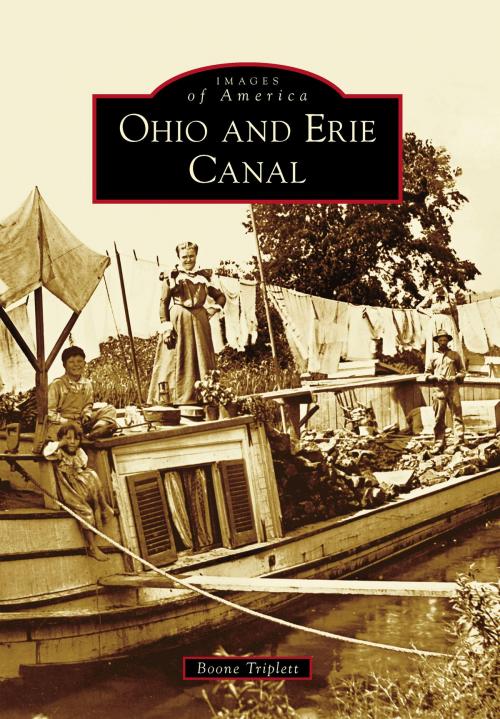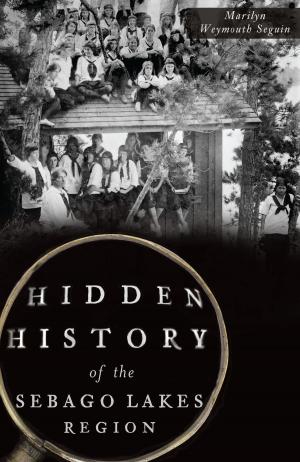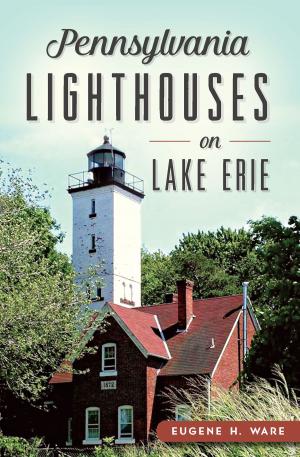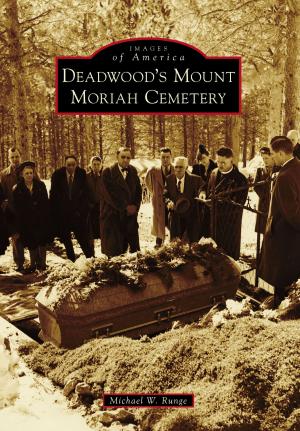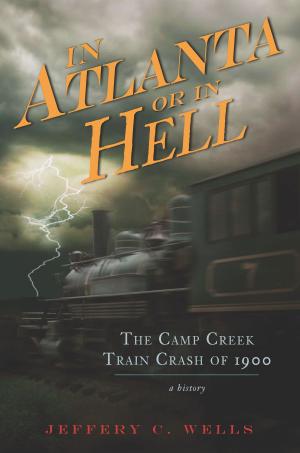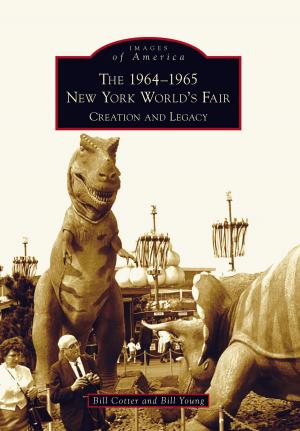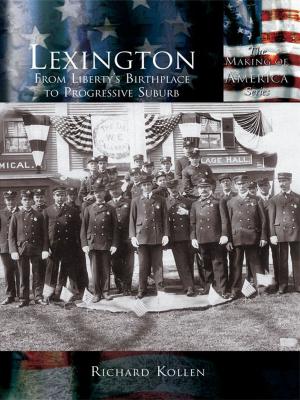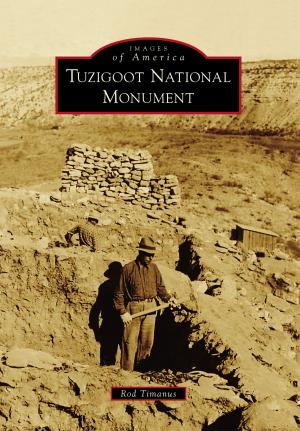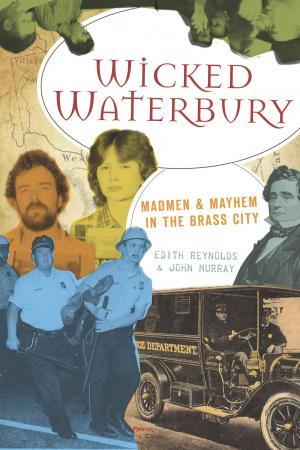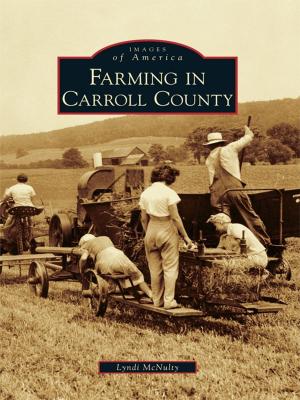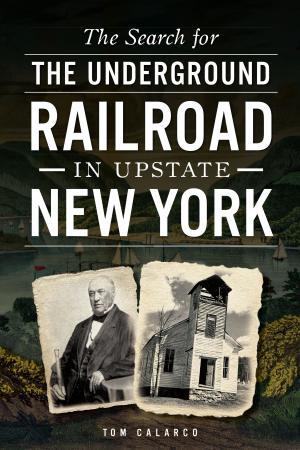| Author: | Boone Triplett | ISBN: | 9781439646953 |
| Publisher: | Arcadia Publishing Inc. | Publication: | August 25, 2014 |
| Imprint: | Arcadia Publishing | Language: | English |
| Author: | Boone Triplett |
| ISBN: | 9781439646953 |
| Publisher: | Arcadia Publishing Inc. |
| Publication: | August 25, 2014 |
| Imprint: | Arcadia Publishing |
| Language: | English |
George Washington first proposed the idea of a canal connecting the Great Lakes to the Ohio-Mississippi River System in 1784. Inspired by the Erie Canal in New York, the State of Ohio began surveying routes in 1822 for its own grand internal improvement project. Completed a decade later, the 309-mile-long Ohio and Erie Canal connected Cleveland, Akron, Massillon, Dover, Roscoe, Newark, Columbus, Circleville, Chillicothe, Waverly, and Portsmouth. Success was immediate, as this vital transportation link provided access to Eastern markets. Within a span of 35 years, canals transformed Ohio from a rural frontier wilderness into the nation�s leader in agricultural output and third most populous state by 1860. Railroads marked the end of the canal as an economic engine, but traffic continued to operate until the Great Flood of 1913 destroyed the system as a commercial enterprise. Today, the Ohio and Erie Canal is enjoying a rebirth as a recreational resource.
George Washington first proposed the idea of a canal connecting the Great Lakes to the Ohio-Mississippi River System in 1784. Inspired by the Erie Canal in New York, the State of Ohio began surveying routes in 1822 for its own grand internal improvement project. Completed a decade later, the 309-mile-long Ohio and Erie Canal connected Cleveland, Akron, Massillon, Dover, Roscoe, Newark, Columbus, Circleville, Chillicothe, Waverly, and Portsmouth. Success was immediate, as this vital transportation link provided access to Eastern markets. Within a span of 35 years, canals transformed Ohio from a rural frontier wilderness into the nation�s leader in agricultural output and third most populous state by 1860. Railroads marked the end of the canal as an economic engine, but traffic continued to operate until the Great Flood of 1913 destroyed the system as a commercial enterprise. Today, the Ohio and Erie Canal is enjoying a rebirth as a recreational resource.
